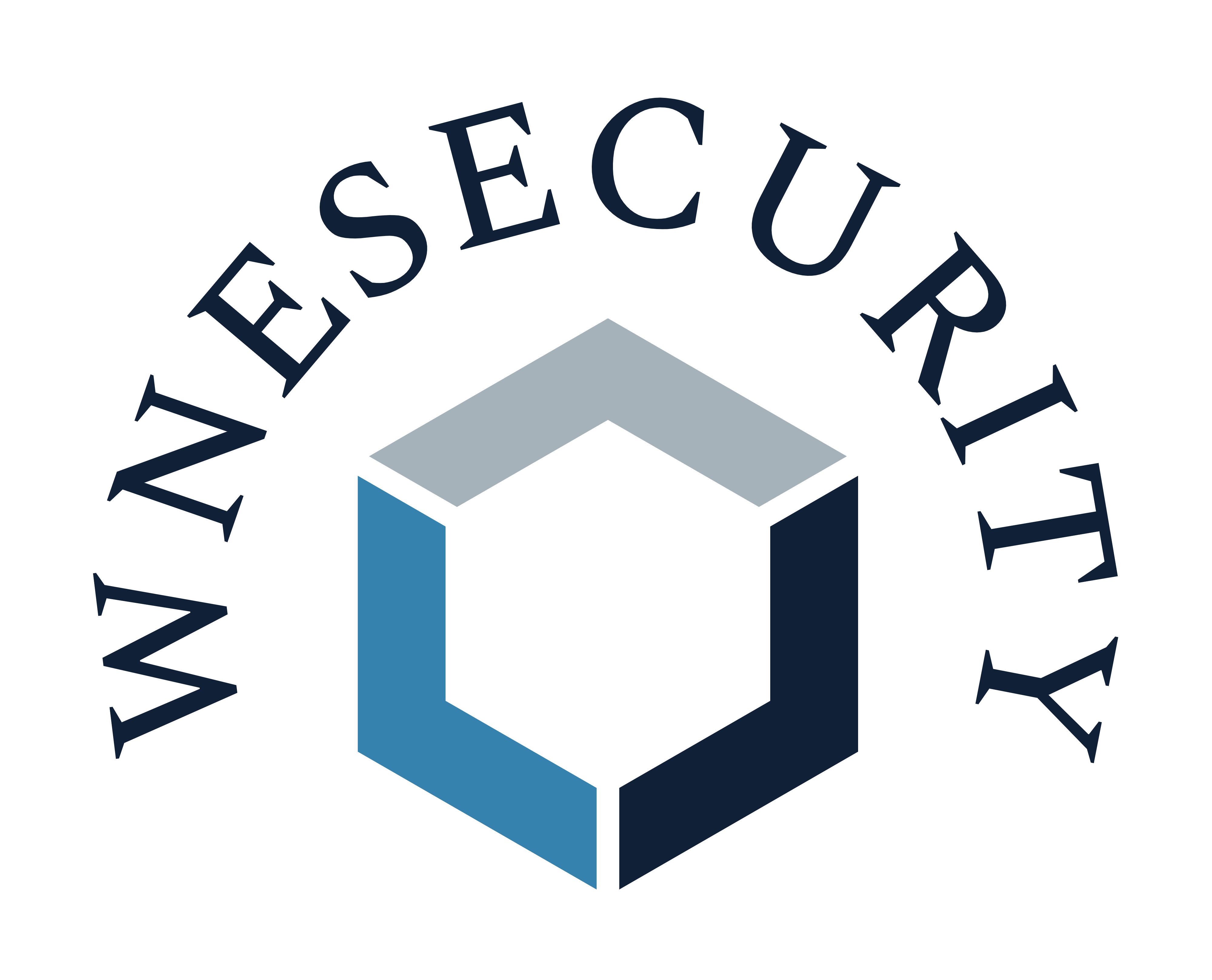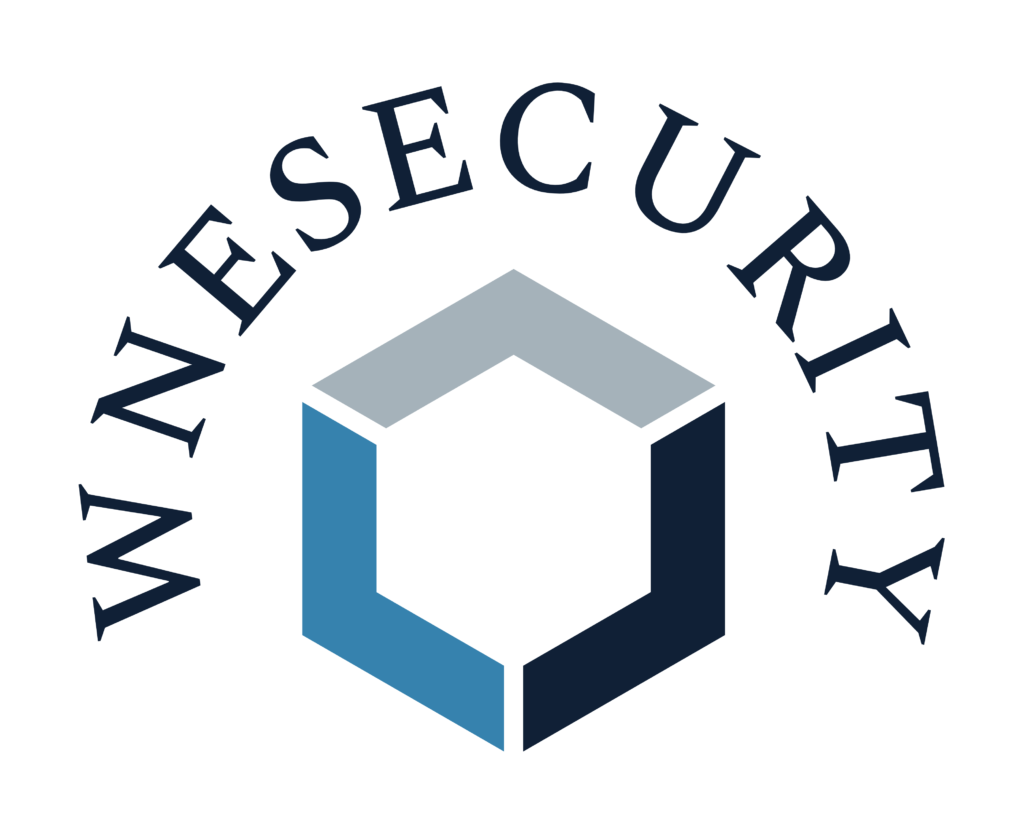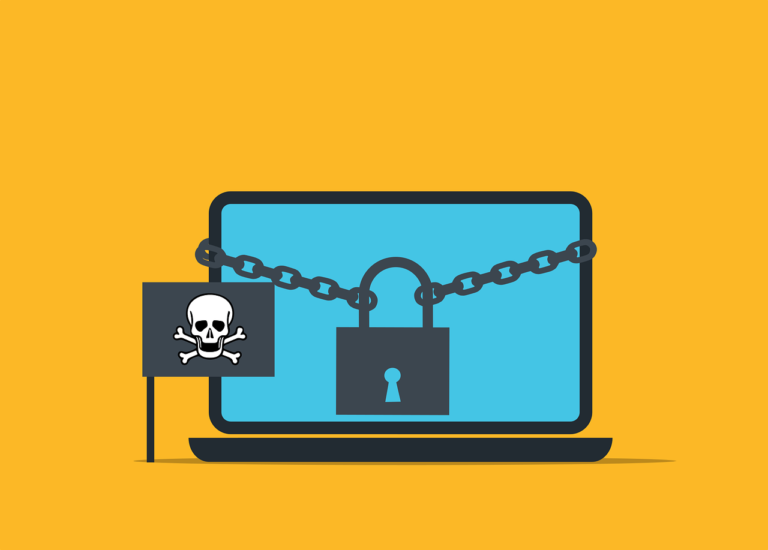WNE Security News
Read about “How to Keep my Smart Devices Safe From Hackers” and the most important cybersecurity news to stay up to date with
How to Keep my Smart Devices Safe From Hackers

WNE Security Publisher
1/20/2024

Learn How to Keep my Smart Devices Safe From Hackers and how we can help keep your organization cyber safe.
From smart thermostats and lights to security cameras and voice assistants, these devices offer convenience and efficiency. However, their connectivity also makes them vulnerable to cyber threats. Here’s a guide on how to keep your smart devices safe from hackers.
Secure Your Home Network: Your smart devices are only as secure as your home network. Start by changing the default name and password of your Wi-Fi network. Use a strong, unique password and consider setting up a separate guest network for your smart devices. Enable WPA3 encryption on your router, if available, for enhanced security.
Change Default Device Passwords: Many smart devices come with default usernames and passwords that are easily guessable. Change these to unique, strong passwords immediately upon setup. Avoid using the same password across different devices.
Regularly Update Firmware and Software: Manufacturers often release updates that patch security vulnerabilities. Ensure your smart devices are set to update automatically or regularly check for updates and install them promptly.
Disable Unnecessary Features: Smart devices often come with a range of features, some of which you may not use. Disable features and services you don’t need, as they can provide additional entry points for hackers.
Use Two-Factor Authentication: If your smart device supports two-factor authentication (2FA), enable it. This adds an extra layer of security by requiring a second form of verification, such as a code sent to your phone, in addition to your password.
Monitor Network Activity: Keep an eye on your home network’s activity. Unusual spikes in traffic or devices you don’t recognize could indicate a security breach. Some routers offer apps that allow you to monitor your network remotely.
Be Cautious with Remote Access: While it’s convenient to control your smart devices remotely, it can also pose a security risk. Use secure methods for remote access, like VPNs, and avoid using public Wi-Fi networks to access your smart home system.
Educate Everyone in the Household: Ensure that everyone who uses the smart devices is aware of basic cybersecurity practices. This includes not sharing passwords and being cautious about clicking links or downloading attachments from unknown sources.
Secure Voice Assistants: If you use voice assistants, review their settings to limit accidental data sharing or unauthorized purchases. Be cautious about the information you share with them, as it could be accessed in a data breach.
Consider the Security Track Record of Manufacturers: Before purchasing a smart device, research the manufacturer’s reputation regarding security. Choose products from companies that prioritize security and offer regular updates.
Use a Security-Focused Router: Some routers are designed with enhanced security features for smart homes. They can provide extra layers of protection, such as automatic device isolation if a threat is detected.
Create Strong Network Firewalls: Ensure your router’s firewall is enabled and consider additional firewalls for added protection. This can help prevent unauthorized access to your network and smart devices.
In recent years, the marvel of the Internet of Things (IoT) has reshaped our world. Everyday objects—from your refrigerator to your wristwatch—now possess the capability to connect and communicate over the internet. While the conveniences and advancements from IoT devices are undeniable, their meteoric rise also brings a plethora of cybersecurity challenges that require our immediate attention.
A Deep Dive into the IoT Ecosystem
IoT is no longer a futuristic concept. It’s here, embedded in our homes, workplaces, and cities. These devices, whether they’re smart home systems, wearable fitness trackers, or advanced manufacturing tools, share a common thread: they collect, process, and transmit vast amounts of data. The more integrated these devices become in our lives, the more they intertwine with our personal and professional data, making their security an issue of paramount importance.
But why does the IoT landscape seem particularly treacherous? For starters, the sheer volume and diversity of devices mean there’s a wide variation in security measures. Many manufacturers, in the race to make their products smarter and more connected, may overlook rigorous security testing or omit essential features like robust encryption.
Moreover, the staggering number of IoT devices exacerbates the issue. A report from Statista indicated that there were approximately 22 billion IoT devices globally in 2018. This figure is projected to exceed 50 billion by 2030. With such a vast network of interconnected devices, the potential points of vulnerability also increase exponentially.
Why Every Individual and Enterprise Should Care
Each compromised device isn’t just a standalone risk—it can potentially act as a gateway for cybercriminals to access more significant, more crucial networks. A simple smart bulb, if left unprotected, could give cybercriminals a pathway into an entire home network, exposing personal photos, financial information, and other sensitive data.
On the enterprise side, the implications are even more severe. An unsecured IoT device in a corporate setting could pave the way for massive data breaches, intellectual property theft, and substantial financial losses. According to a study by the Ponemon Institute, the average cost of an IoT-related data breach in corporations can be upwards of $5 million.
Addressing the IoT Security Quandary
Confronting the security concerns surrounding IoT requires a blend of industry-wide collaboration, technological advancements, and user awareness. Manufacturers need to embed security into the very blueprint of their devices, not as an afterthought but as a fundamental component. Meanwhile, for users, understanding the intricacies of their devices, updating firmware regularly, and implementing strong authentication measures are vital steps.
Balancing Innovation with Security
The Internet of Things is poised to drive the next significant wave of technological advancement. Its potential to revolutionize industries, enhance quality of life, and promote innovation is unparalleled. However, as with all transformative shifts, it comes with challenges. As we embrace a more connected future, an equal emphasis on security is not just wise—it’s essential.
Learn More About How to Keep my Smart Devices Safe From Hackers By Visiting These Sites.
Learn more about WNE Security products and services that can help keep you cyber safe.
Learn How to Keep my Smart Devices Safe From Hackers and how we can help keep your organization cyber safe.

Stay updated with WNE Security’s news section for the latest in cybersecurity trends, threats, and protection measures.



